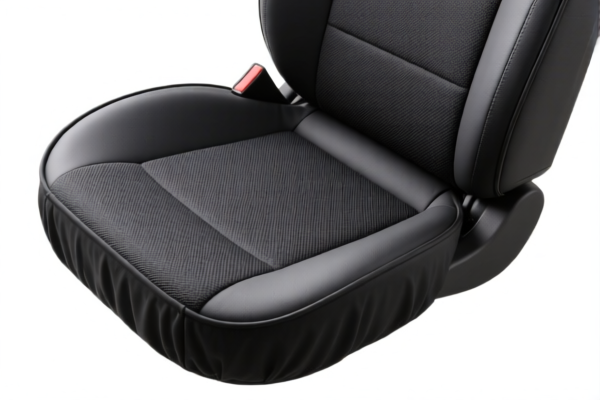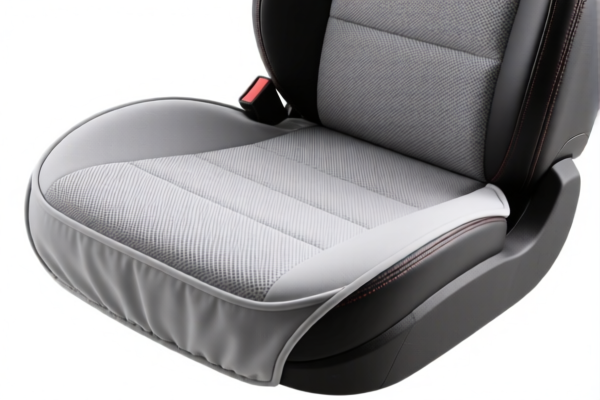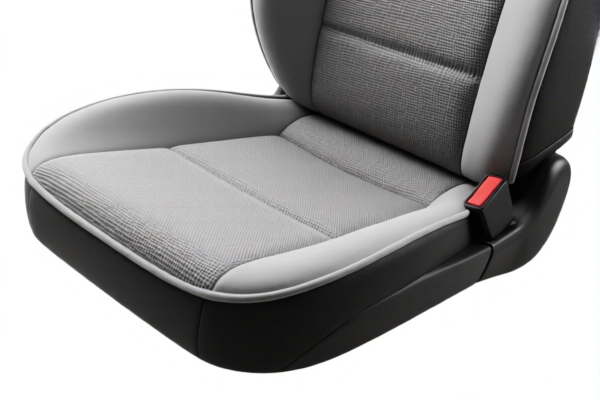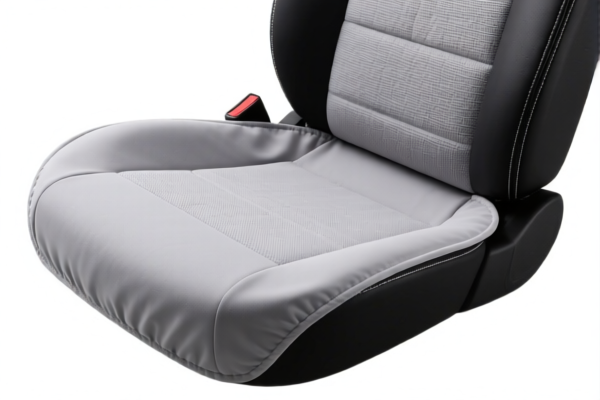| HS Code | Official Doc | Tariff Rate | Origin | Destination | Effective Date |
|---|---|---|---|---|---|
| 6506996000 | Doc | 63.5% | CN | US | 2025-05-12 |
| 6506993000 | Doc | 58.3% | CN | US | 2025-05-12 |
| 6214101000 | Doc | 38.7% | CN | US | 2025-05-12 |
| 6214102000 | Doc | 41.4% | CN | US | 2025-05-12 |
| 6217101010 | Doc | 39.8% | CN | US | 2025-05-12 |
| 6217108500 | Doc | 44.6% | CN | US | 2025-05-12 |
| 3926903500 | Doc | 44.0% | CN | US | 2025-05-12 |
| 3926909989 | Doc | 42.8% | CN | US | 2025-05-12 |
| 3924905650 | Doc | 40.9% | CN | US | 2025-05-12 |
| 3924905610 | Doc | 40.9% | CN | US | 2025-05-12 |




Head Cover
A head cover is a general term for any garment or accessory designed to cover all or part of the head. Its purpose, materials, and design vary significantly based on cultural, religious, functional, or fashion-related needs.
Purpose
Head covers serve a multitude of purposes:
- Religious Observance: Many religions mandate or encourage head coverings as a sign of modesty, reverence, or identity.
- Cultural Tradition: Certain cultures incorporate head coverings as part of traditional dress, signifying social status, marital status, or regional affiliation.
- Protection: Head covers can protect against weather elements (sun, cold, rain), dust, or hazardous environments.
- Fashion: Head covers are used as a style accessory, expressing personal taste or following current trends.
- Medical: Head coverings can be used to cover hair loss due to medical treatments or conditions.
- Occupational: Certain professions utilize head covers for hygiene, safety, or identification.
Materials
The materials used for head covers are diverse:
- Fabric: Cotton, linen, silk, wool, polyester, acrylic, nylon, and blends are common for everyday wear and fashion.
- Knitted Materials: Yarn-based materials like wool, acrylic, or cotton are used for caps, beanies, and hats.
- Leather/Faux Leather: Used for helmets, caps, or stylized coverings.
- Metal: Used in some ceremonial or protective headgear.
- Plastic/Synthetic Materials: Used in protective gear, swim caps, or disposable coverings.
Function
The function dictates the design and materials:
- Insulation: Providing warmth in cold weather (e.g., beanies, ushankas).
- Sun Protection: Shielding from UV rays (e.g., wide-brimmed hats, caps).
- Hygiene: Containing hair in food service or medical environments (e.g., hairnets, surgical caps).
- Impact Protection: Protecting the head from injury (e.g., helmets).
- Camouflage: Concealing the head for military or hunting purposes.
Usage Scenarios
- Religious settings: Mosques, churches, synagogues, temples.
- Outdoor activities: Hiking, skiing, swimming, gardening.
- Workplaces: Food service, healthcare, construction, manufacturing.
- Fashion events: Runways, street style, personal expression.
- Sports: Baseball caps, swimming caps, protective helmets.
- Medical treatments: Chemotherapy, alopecia.
Common Types
- Hat: A broad category encompassing many styles, including baseball caps, fedoras, sun hats, and cowboy hats.
- Beanie: A close-fitting, knitted cap, often worn for warmth.
- Hood: A soft, draped head covering attached to a garment.
- Scarf/Wrap: A versatile fabric used to cover the head for warmth, modesty, or style.
- Turbans: Traditionally worn by Sikhs, representing religious faith and identity.
- Hijab: A headscarf worn by Muslim women, signifying modesty and religious devotion.
- Kippah/Yarmulke: A skullcap worn by Jewish men, representing religious observance.
- Beret: A soft, round, flat-crowned hat.
- Cap: A brimmed or brimless head covering, often with a visor.
- Helmet: A protective head covering, used in sports, construction, or military applications.
- Hairnet: A mesh covering used to contain hair, typically in food service or medical settings.
- Headband: A strip of fabric worn around the head to hold hair back or as a fashion accessory.
- Bonnet: A soft hat tied under the chin, often worn for sleeping or protection.
- Ushanka: A Russian fur hat with earflaps, providing warmth in cold climates.
Head cover can fall under several classifications depending on the material and specific type. Here are relevant HS codes based on the provided information:
- 6506996000: This HS code covers “Other headgear, whether or not lined or trimmed: Other: Of other materials: Other”. This is a broad category for headgear not specifically defined elsewhere, made from materials other than those explicitly listed. The total tax rate is 63.5%, comprised of a base tariff of 8.5%, an additional tariff of 25.0%, and a tariff of 30.0% effective after April 2, 2025.
- 6506993000: This HS code covers “Other headgear, whether or not lined or trimmed: Other: Of other materials: Of furskin”. This specifically applies to headgear made of furskin. The total tax rate is 58.3%, consisting of a base tariff of 3.3%, an additional tariff of 25.0%, and a tariff of 30.0% effective after April 2, 2025.
It is important to determine the exact material composition of the head cover to select the correct HS code. If the head cover is made of materials not listed, 6506996000 would be the appropriate classification.
Customer Reviews
The detailed description of head cover types and their corresponding HS codes was incredibly useful. I learned a lot and was able to choose the right code for my product.
The information was good, but I found it a bit overwhelming with so many HS codes. It would be helpful to have a filter or search feature to narrow down the options.
I needed HS Code 6214101000 for my cotton headgear. The website made it easy to find the right classification and understand the tax implications. Great resource!
The list of HS codes for head covers was comprehensive. I especially liked the breakdown of the different materials and the tariff rates. It saved me a lot of time.
The explanation of HS Code 3924905610 was very helpful. I was exporting plastic head covers and needed the right code for customs clearance. Thank you!